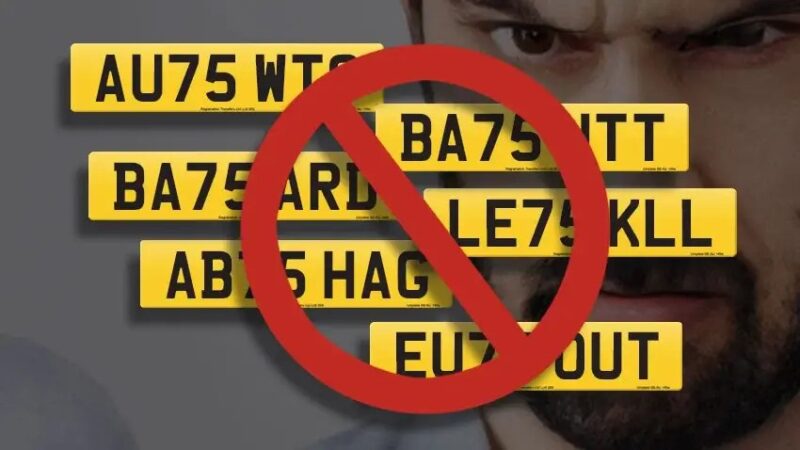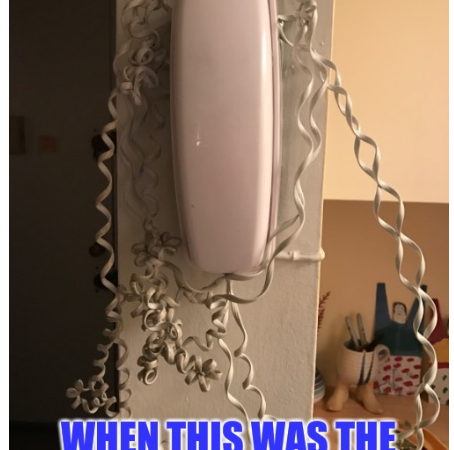Typically thought of as being an easy to clean area of the home, hard floors have risen in popularity in recent decades. Globally, hard floors are the most common floor type,2 and research released today by Dyson has uncovered poor cleaning habits that mean hard floors are likely to be harbouring an array of hidden nasties. This comes as 32% of Brits – equating to 21.6 million people in the UK – will use the same dirty mop head for six months or more before replacing it. What’s more, one in 20 also admit to keeping the same mop for a year or longer, and one in 10 think it is acceptable to use the same mop 100 times, spreading dirt around their floors every time they use it. Cross contamination is a primary issue for most common and traditional mopping methods with germs and bacteria further being unknowingly spread around homes as Brits use dirty water to clean floors.3 45% only change the water to new water between rooms, whereas 41% wait even longer until it looks dirty. This could mean that floors are being washed with dirty water, adding more dirt rather than taking it away. Surprisingly, almost one in 10 (9%) even admit to not changing the dirty water at all when mopping. Over a quarter (28%) admit to mopping their floors once a fortnight or less while over half (53%) admit they don’t regularly clean behind appliances and leave dirt to build up for as long as six months at a time. image002.jpg On how to achieve a perfect barefoot clean feel after mopping, Geli Lee, Dyson Engineer and Home Cleaning Expert offers their top tips for eliminating dirt around the home: 1. Create a cleaning schedule to stay on top of dirt build-up. In the last year, there has been a 15% global reduction in the number of people who maintain regular cleaning schedules. 47% of the British public admitted to only being motivated to clean when they spot visible dirt or dust.4 Regular floor cleaning with a wet hard floor cleaner like the Dyson WashG1™ removes more stubborn dirt than vacuuming alone. It is important to have a debris free surface, clear any clutter from the floor or other surfaces. Choose the right machine: Different vacuums are designed for different floor types and home sizes. Some machines will be engineered with hard floors in mind and will struggle on thick pile carpets, for example. Choosing the right machine for your home will make a big difference to the ease and speed with which you’re able to clean your home. Clean your floors ‘little and often’. Washing your floors frequently in areas that receive more foot fall will help to stop dirt building up and getting trodden into your floor. Using a dedicated wet floor cleaner on hard flooring such as the Dyson WashG1 is helpful for this, as the versatile format means it vacuums and washes the floor simultaneously. Cleaning schedules have also become less regimented. In recent years only 41% of people claim to have a regular cleaning schedule, and 60% admit to cleaning reactively; being motivated to clean only when there is visible dirt or dust5. It’s perhaps not surprising, that a fifth of people are still concerned their floors are dirty after they’ve mopped them (22%) and one in four6 feel extremely worried about indoor dust at home. Geli Lee, Dyson Engineer and Home Cleaning Expert reveals why it is important to change the way we mop: “Cleaning your hard floors properly and regularly is important for maintaining a healthy environment around your home. Without a proper cleaning routine, dirt may unknowingly build up and spread around your home. It is evident from our research that current mopping habits mean British households aren’t cleaning their floors as effectively as they should. “From ignoring problem areas where dust and debris build up, cross contamination with dirty water to not replacing mop heads or inconsistent cleaning, current mopping behaviours may be making floors dirtier as opposed to cleaner. Moving away from traditional methods, wet floor cleaners like the Dyson WashG1 simplify the floor cleaning experience and provide a modern efficient and hygienic solution” To help take the guesswork out of mopping, the brand new WashG1 is Dyson’s first dedicated wet floor cleaner that tackles wet and dry debris in one go. Engineered for hygienic cleaning and maintenance, the WashG1 is revolutionising wet floor cleaning, removing the need for multi-products and multi-steps to achieve a barefoot clean feel around the home. To put the product to the test, Dyson have cleaned one of London’s most iconic landmarks The Victoria and Albert Museum. From cleaning the grand marble floors housing the most prestigious exhibits, to cleaning up leftover food in the Gamble Room Cafe, the WashG1 had a dirt busting tour of the museum leaving it spotless. Images can be found here. The WashG1 introduces Dyson’s engineering expertise to cleaning hard floors. With a 1 litre clean-water tank to cover flooring up to 290m2, the Dyson WashG1 uses a combination of hydration, absorption, and extraction technologies to remove wet and dry spills and stains simultaneously. The Dyson WashG1 is available to purchase now from Dyson.co.uk, retailing at £599.99.

Motorists are being warned driving without removing leaves from their windscreen could cost them £1,000.
Experts from Quotezone.co.uk are urging drivers to regularly clear leaves and debris from their cars or risk facing fines for driving with restricted visibility.
Photo credit: Unsplash
Autumn has arrived in the UK and trees have started to drop leaves, which can be a beautiful sight to see but it can also create hazardous driving conditions.
Autumn conditions create real dangers for motorists, as driving with an unclear windscreen can be treacherous.
The Highway Code states that windscreens and windows must be kept clean and free from obstructions to vision. Anything in the Highway Code that is labelled as a ‘must’ is a legal requirement, if drivers disobey these rules they are committing a criminal offence.
Motorists driving without having a full view of the road can be issued with a £100 on-the-spot fine and three penalty points. If the penalty is challenged in court, the fine can reach up to £1,000.
Breaching the Highway Code can also invalidate car insurance which can result in significant financial loss in case of an accident.
Wet fallen leaves can also present a skid hazard on the roads – they also camouflage potholes and debris which could cause costly damage to the car. Drivers are warned to take extra precautions when driving in the colder months to help avoid these seasonal hazards.
Alongside clearing leaves from the windscreen and windows, drivers should also make sure to regularly check for leaf debris in the windscreen water squirters and under the bonnet, as it can cause blockages which may lead to costly repairs.
It’s especially important to remove wet leaves, as they can damage the vehicle’s paintwork and cause rust if left for too long. This is because wet leaves can cause acidic tree sap to bond to the car’s surface. Car insurance is unlikely to cover claims for damages if the vehicle is not properly maintained.
Greg Wilson, Founder and CEO of Quotezone.co.uk said: “Autumn has arrived and for drivers this could mean all sorts of new issues behind the wheel. Fallen leaves and debris in particular have the potential to cause dangerous conditions on the road.
“Clearing the leaves usually only takes a few moments, but when drivers are in a rush, some don’t consider it a priority and end up driving with an obstructed view.
“It may not seem like a serious violation, however, driving without having a full, clear view of the road ahead can increase the likelihood of accidents as drivers may not be able to spot potential dangers early enough to react.
“Not only could this result in a hefty fine and penalty points, but it also poses a serious risk to both the driver and other road users.
“It’s also worth remembering that neglecting this simple task could invalidate your insurance – if you’re involved in an accident, insurers may argue that driving without a clear view is in breach of the Highway Code and therefore a criminal offence, leaving you liable for any damages.
“Other autumnal dangers are blockages under the bonnet and damaged paintwork which can lead to costly repairs if not addressed promptly.
“It’s sensible to review where you keep your car overnight, trim back overhanging branches and allow yourself time to check and clean your car before setting off.”
Quotezone.co.uk helps over 4 million drivers in the UK every year find savings on all sorts of motoring products such as van, courier and motorbike insurance. CompareNI.com can help drivers living in Northern Ireland.






